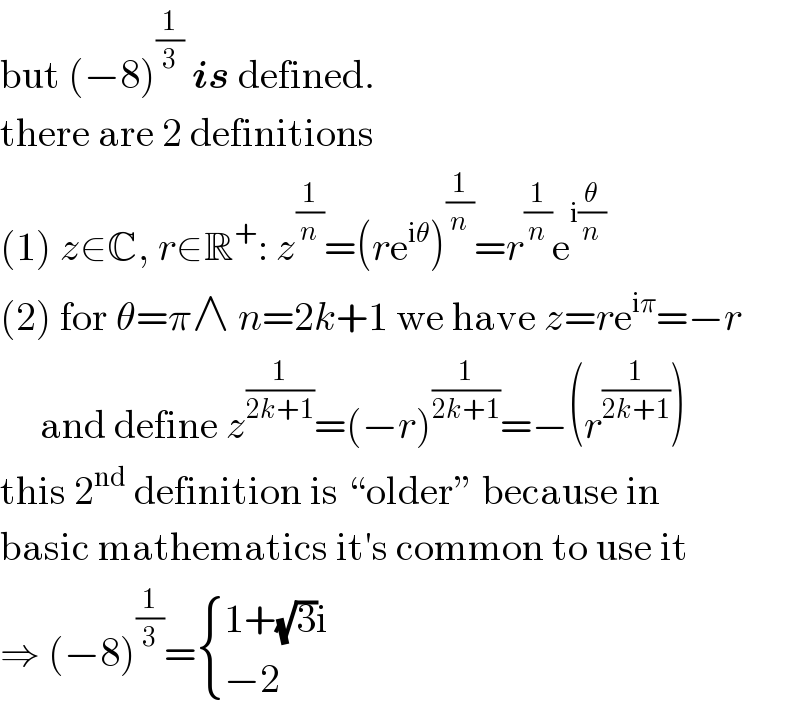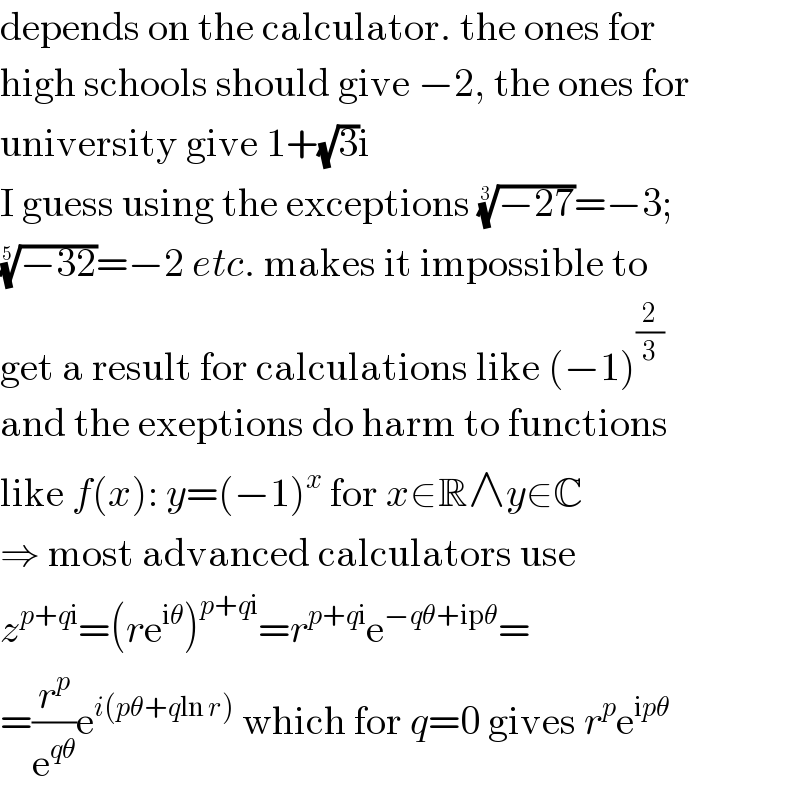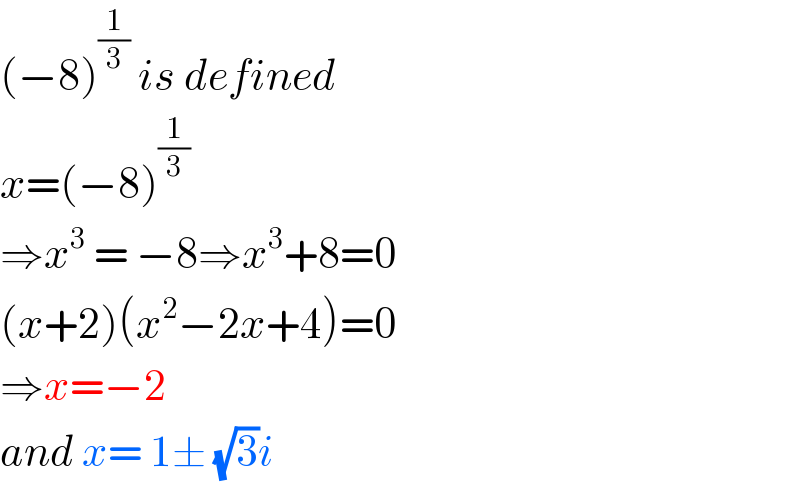
Question and Answers Forum
Question Number 120679 by kaivan.ahmadi last updated on 02/Nov/20

Commented by bobhans last updated on 01/Nov/20

Commented by bobhans last updated on 01/Nov/20

Commented by mathmax by abdo last updated on 02/Nov/20

Answered by MJS_new last updated on 01/Nov/20

Commented by bobhans last updated on 01/Nov/20

Commented by MJS_new last updated on 02/Nov/20

Commented by bobhans last updated on 02/Nov/20

Answered by malwaan last updated on 02/Nov/20

